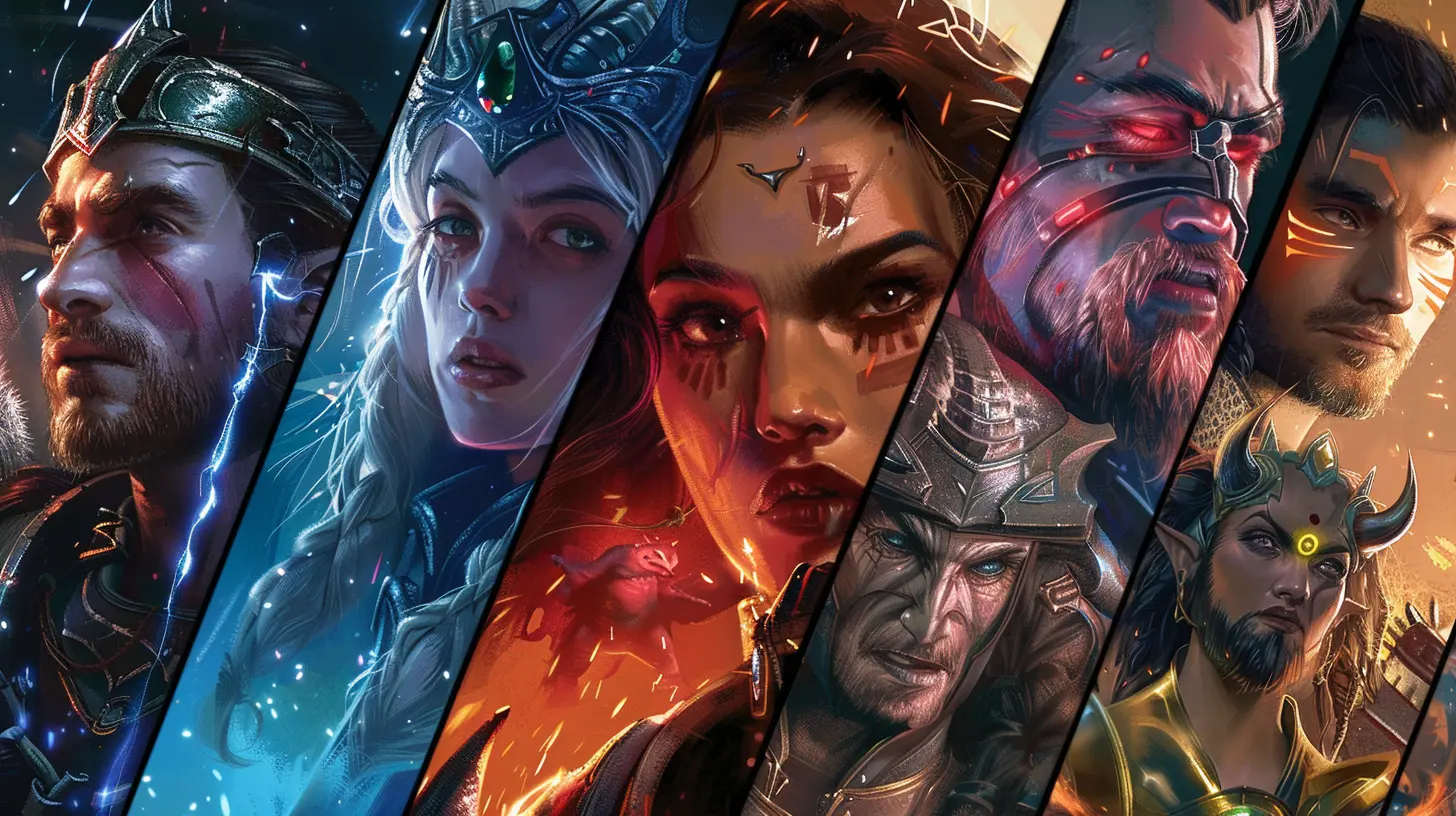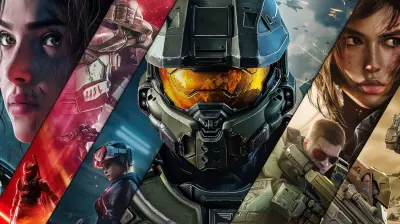How Subscription Services Are Impacting Traditional Gaming Platforms
15 July 2025
The gaming industry has always been about leveling up. Over the years, we’ve seen mind-blowing advancements—from pixelated 2D graphics to photorealistic worlds, and couch co-op to global multiplayer battles. But now, there's a new power-up shaping the industry: subscription services. Yep, think Netflix, but for games. These services are shaking things up, and traditional gaming platforms are feeling the heat.
Let’s dive into what’s really going on, how subscription services are flipping the script, and what it all means for gamers and traditional gaming platforms alike.
The Rise of Subscription Gaming Services
It’s no secret that subscription-based models are taking over almost every corner of the entertainment world. First, it was music (shoutout to Spotify and Apple Music), then movies and TV (hello, Netflix and Disney+). Now? It’s gaming’s turn. Services like Xbox Game Pass, PlayStation Plus, NVIDIA GeForce Now, and even Apple Arcade are changing the way we play.Instead of buying a $60 game upfront, gamers now pay a monthly fee—usually around $10 to $15—and unlock access to a library full of games. Sounds like a sweet deal, right? But here’s the kicker: this doesn’t just affect gamers—it’s rewriting the rules for traditional gaming platforms that used to thrive on one-time game sales and exclusive releases.
How Subscription Services Are Reshaping the Gaming Experience
Gaming subscriptions are shaking things up in several ways. Let’s break it down, shall we?1. The All-You-Can-Play Buffet
Imagine walking into an all-you-can-eat buffet. You grab a little dessert, some pasta, maybe even a steak—without worrying about the bill. That’s exactly what subscription services offer gamers. Instead of committing to a single game, you get access to hundreds (sometimes thousands!) of titles.On platforms like Xbox Game Pass, you could jump from a high-octane shooter like Halo Infinite to a cozy farming simulator like Stardew Valley. It’s variety on steroids.
But for traditional platforms? This model is a direct jab at the old ways. Why pay $70 for one game if you can pay $15 a month and play dozens? It’s a tough sell.
2. Breaking Down Barriers for Gamers
Remember the good ol’ days when you had to save up for months to buy the latest console or game? Subscription services are tearing down those barriers. Cloud gaming platforms, like NVIDIA GeForce Now and Google Stadia, make it possible to game on almost any device. You don’t even need a powerful console or PC anymore—just a stable internet connection (though let’s be real, that part can still be a struggle for some).This accessibility is a game-changer (pun intended). Casual gamers who might’ve skipped out on buying an expensive console can now dip their toes into gaming with minimal investment. That’s fantastic for players, but for traditional gaming platforms? Well, let’s just say they’re not thrilled about the competition.
3. Shifting Power Dynamics
Historically, traditional gaming platforms like PlayStation, Xbox, and Nintendo had the upper hand—they controlled the games, the hardware, and the ecosystem. If you wanted to play the latest The Legend of Zelda, you had to own a Nintendo console.Subscription services are disrupting this balance. Cloud gaming and cross-platform titles mean gamers are no longer tethered to a specific console. PlayStation exclusives are starting to show up on PC, Xbox-owned games are playable through Game Pass… the walls are coming down. And for the big three (you know who you are), that’s a massive challenge.
4. Value vs. Ownership
Here’s a question for you: Do you prefer owning a physical copy of a game, or are you cool with a digital license that disappears if you cancel your subscription?For many gamers, it’s a bit of a mixed bag. Subscription services deliver undeniable value—you get a ton of games for a small monthly fee. But on the flip side, you don’t truly “own” any of the titles. If a game gets pulled from the library, or you don’t renew your subscription, it’s gone. Pfft. Like your unfinished leftovers in the back of the fridge.
Traditional gaming platforms are still relying on the idea of ownership—whether it’s physical discs or digital purchases. But as more gamers embrace the value-packed subscription model, the allure of owning a game might start to fade.
The Struggles of Traditional Gaming Platforms
Now, let’s not write off traditional gaming platforms just yet. They’re still a major force in the gaming world, but they’re facing some uphill battles.1. The Pressure to Adapt
Xbox Game Pass and similar services are forcing traditional platforms to rethink their strategies. Sony responded with an upgrade to PlayStation Plus, offering different tiers with expanded libraries, but they’ve still got catching up to do. And Nintendo? Well, they’re doing their own thing as usual (but hey, that’s why we love them).Adapting isn’t easy, though. These platforms have spent decades building business models around hardware sales and exclusive game launches. Transitioning to a subscription-based strategy requires a complete shift in thinking—and it’s not something they can do overnight.
2. Exclusive Games Losing Their Shine
For years, exclusives were the bread and butter of traditional platforms. If you wanted to play God of War, you bought a PlayStation. If you wanted Halo, you needed an Xbox. But subscription services are challenging that exclusivity. Xbox, in particular, is making its exclusives available on PC and cloud gaming as part of Game Pass.This move is a double-edged sword. Yes, it expands access and brings in more players, but it also chips away at the importance of owning a specific console.
3. Consumer Expectations Are Changing
Gamers are demanding more bang for their buck. Subscription services have spoiled us with massive libraries, day-one releases, and low prices. Traditional platforms that rely on high-priced game sales and DLC are struggling to keep up with these rising expectations.It’s kind of like going back to regular TV after getting used to streaming services—sure, it works, but doesn’t it feel… outdated?
The Future of Gaming: Are Traditional Platforms in Trouble?
So, does this mean traditional gaming platforms are doomed? Not necessarily. There’s still a place for them in the gaming ecosystem, but they’ll need to evolve to stay relevant.One potential path? A hybrid model. Platforms could integrate subscription services more deeply into their offerings while still focusing on exclusives and premium hardware. And let’s not forget about the loyal fanbases—people aren’t going to abandon their favorite platforms overnight.
Still, it’s clear that subscription services are here to stay. They’ve changed the way we play, the way we pay, and the way we think about games. And for gamers, that’s mostly a win. Whether you’re a hardcore player or a casual fan, having more options is never a bad thing.
Final Thoughts
The impact of subscription services on traditional gaming platforms isn’t just a blip—it’s a paradigm shift. They’re bringing more accessibility, convenience, and value to gaming, but not without forcing the industry to navigate some tricky terrain. As gamers, we’re witnessing a fascinating tug-of-war between innovation and tradition. And honestly? It’s kind of exciting.Whatever happens next, one thing’s for sure: gaming is leveling up. And honestly, we’re all here for it.
all images in this post were generated using AI tools
Category:
Gaming PlatformsAuthor:

Audrey McGhee
Discussion
rate this article
2 comments
Tank McInnes
Great insights! Subscription services are reshaping the gaming landscape, offering accessibility and variety. Excited to see how this evolution unfolds!
October 11, 2025 at 3:16 PM

Audrey McGhee
Thank you! I share your excitement about the future of gaming and the potential of subscription services to transform the industry.
Veda Simon
Subscription services democratize access, yet risk overshadowing traditional gaming experiences. Balancing innovation with nostalgia is crucial to preserving gaming's diverse landscape.
July 20, 2025 at 3:55 AM

Audrey McGhee
I appreciate your insights! Striking the right balance between innovation through subscription services and maintaining the charm of traditional gaming is essential for a vibrant gaming future.


